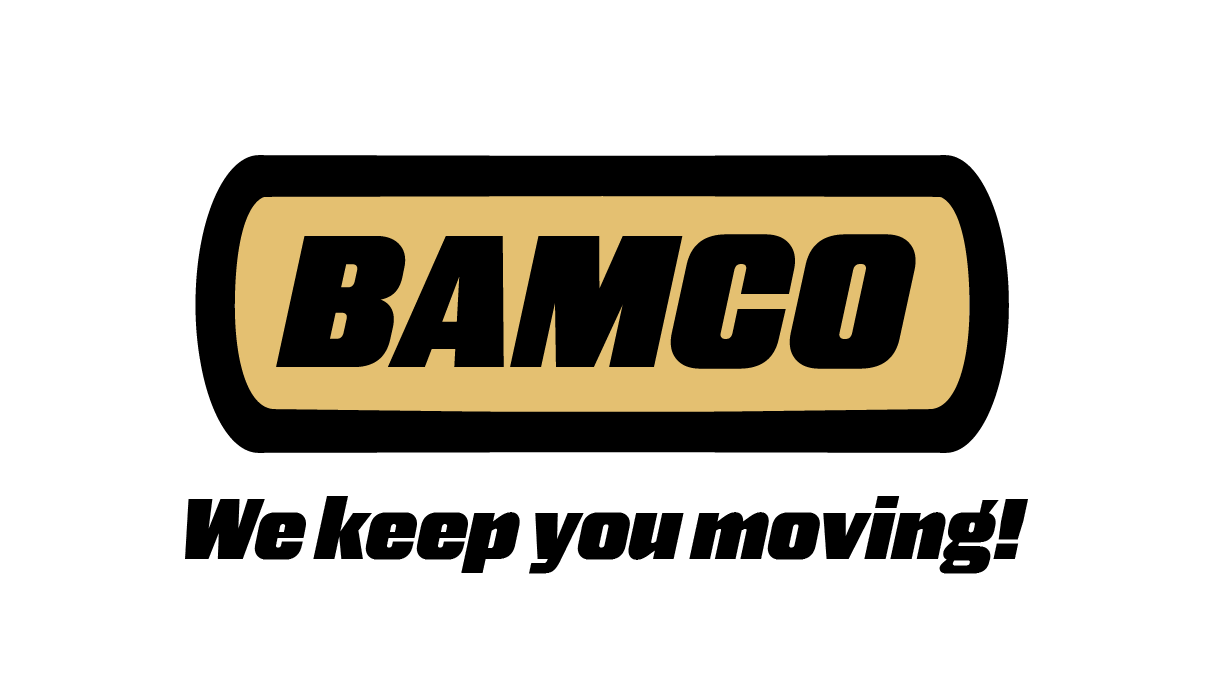When it comes to conveyor belting, there are a lot of different applications that require hundreds of different styles of belting. In this blog post we are going to break down some of the different kinds of belts, what their application is, and what materials are used to make them.
Filter Conveyor Belts
These belts are meant to drain liquid or filter out toxins/contaminants by allowing materials to pass through the belt. The construction of these belts consists of lateral grooves and holes in the center of the belt to allow liquids to escape. One thing that is crucial when it comes to these holes is that the liquid does not soak into the belt. This is done by placing the holes in the fabric free zones or to seal them. There are also sidewalls installed on the belt to prevent liquid from going over the side. The two components that are always present when it comes to filter belts are the media and the filter. The media entraps impurities that are meant to be filtered out while the filter holds the media in place. When it comes to the materials used to make these belts, they are as follows:
Polyester- Most of these belts are heat treated polyester however, polypropylene, polyolefin, or peek can also be used.
Wire cloth - Usually made of stainless steel to not be impacted by rusting. Can also use galvanized steel and carbon steel.
Kevlar - For high temp applications
Teflo
Hinged Conveyor Belts/Hinged Slat Conveyors
Hinged conveyor belts are made of flat metal (often different kinds to steel) slats that are interlocked and joined to make one continuous metal belt. These belts are then made to go around pulleys. These belts are common in places where metal is being handled and often dropped onto the belt. Due to this, these belts are often very durable and made to withstand harsh conditions. Common pitches range between 2.5 to 6 inches on the belt. Carriers can be installed on the belt to make sure that materials can go up inclines. Piano hinged conveyors are used to remove steel punchings and scrap from presses as well as moving hot and cold formed castings. They too can be used on flat or inclined operations.
Indexing Conveyor Belts
Indexing conveyor belts are made of a lot of the same materials mentioned in all of the other belts. This includes metal, TPU, or even modular plastic pieces. The big difference is that they are cleated so that certain parts are sectioned off. These set fixtures keep the product in place and move it a set distance step by step. Timing belt conveyors are another common nomenclature for this style of belting. Despite production being the main application for these belts they are also used for:
Moving items through production
Providing accurate inventory counts and rejecting incorrect item counts
Grouping items by quantity
Ensuring equal spacing
Metering products
Sandwich Conveyor Belt/Pinching Conveyor
These conveyors have two belts that are face to face to gently “hug” the material that is being conveyed. Since materials are gently being grabbed, these conveyors are often used to move fragile materials. It also allows materials to be conveyed on steep inclines or even vertical lifts. Each belt is independently tensioned and driven. One common aspect across the board is that these belts need to be endless. If there is lacing on the belt, it could allow materials to slide or fall. Rubber or other materials that cause internal friction are commonly used on these kinds of belts.
Anti-Static Conveyors
A lot of times the production process can cause an electrostatic charge that makes materials stick to the belt (best case scenario) or even cause an explosion (worst case scenario). The static can be caused by three sources:
Friction between the belt and the slider bed
Movement of the conveyed products
Ionization of the air (that is why these belts are crucial for bucket conveyors)
To solve this, you need an anti-static belt or in some cases a static dissipative belt. Antistatic means that the cover/belt prevents static build up. However, it does not promise the discharging of previously statically charged products. Static dissipative means that the belt eliminates static.
When it comes to antistatic belts you can have the covers put on the top, bottom, or both sides of the belt depending on what is causing the static charge. Certain fabrics and polyurethane are great antistatic materials. Natural rubber is also antistatic however, not all rubbers are. So make sure to check that your rubber is the antistatic option.
ATEX is the safety standard in America used to determine if an explosion is possible due to the manufacturing environment where static build up is present. If the risk of explosion is massive, like in some bucket conveyor applications, you will need a belt that meets the ISO 284 standard. ISO 284 regulates the measurement of surface electrical resistance and is the most static dissipative option out there. ISO 284 is very common in most airport belt applications.
Sources
https://www.iqsdirectory.com/articles/conveyor-belts.html?msID=decce3f8-2471-4f6f-bca7-7053dca69cdb
https://6river.com/what-is-a-conveyor-system/
https://www.aec-carolina.com/blog/belt-conveyor-vs-live-roller-conveyor/
https://www.thomasnet.com/articles/materials-handling/all-about-overhead-conveyors/
https://www.pneumaticconveyingsolutions.com/blog/what-is-pneumatic-conveying/
https://www.powderbulksolids.com/chemical/chemical-leak-reported-indorama-plant
https://www.solidswiki.com/index.php/Chute_Conveyors
https://www.dornerconveyors.com/solutions/magnetic-conveyors
https://dgs-ps.com/meatprocessing/buffer-conveyor/
https://www.thomasnet.com/articles/materials-handling/all-about-vibrating-conveyors/
https://en.wikipedia.org/wiki/Screw_conveyor
https://www.bastiansolutions.com/store/belt-over-roller-conveyor/rb/
https://www.elixirphil.com/types-conveyor-belts-applications/
https://feeco.com/incline-conveyors-vs-steep-incline-conveyors-whats-the-difference/
https://www.stilesenterprises.com/belt_flat_texture.html
https://www.miprcorp.com/conveyor_belts/filter-belts/
https://www.miprcorp.com/wp-content/uploads/2017/04/Filter_belts.pdf
https://www.miprcorp.com/wp-content/uploads/2017/04/Wire_cloth_catalog.pdf
https://www.titanconveyors.com/products/hinged-steel-belt
https://www.solidswiki.com/index.php/Sandwich_Belt_Conveyors
https://www.indiamart.com/proddetail/sandwich-belt-high-angle-conveyor-20556918533.html
https://durabelt.com/antistaticinfo.php
https://www.esbelt.com/en/project/anti-static/
